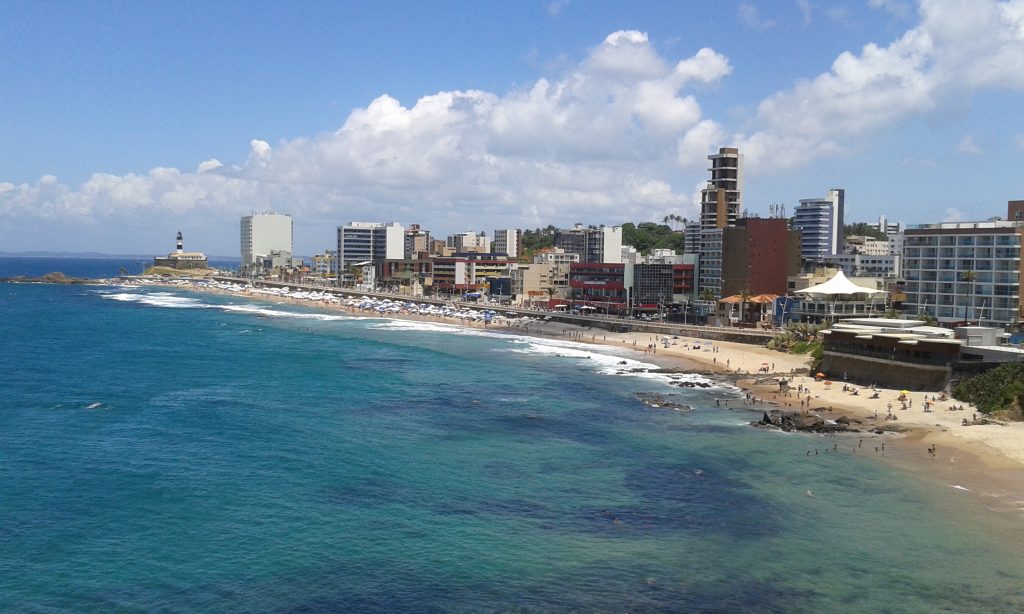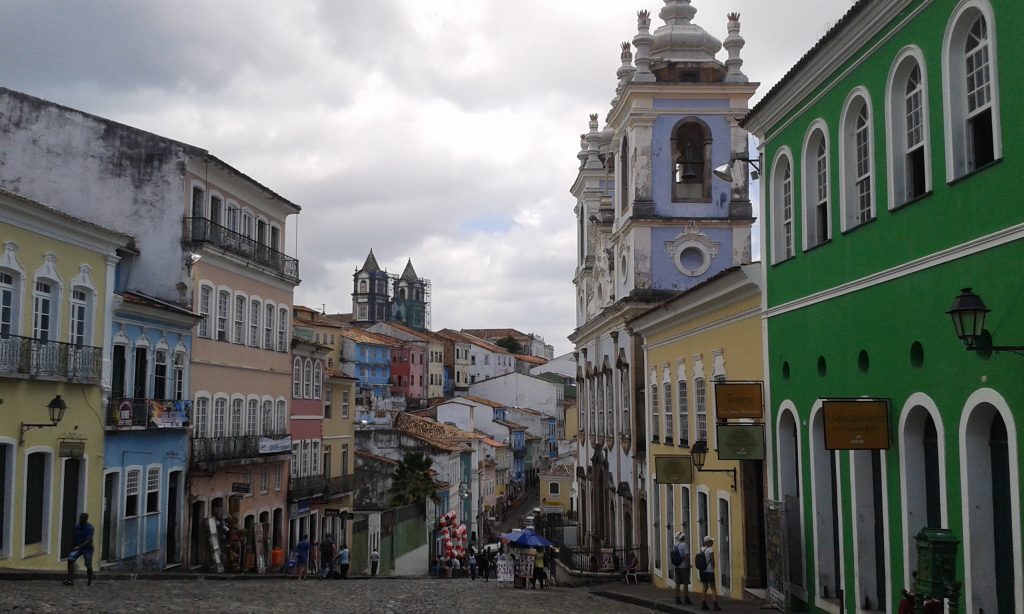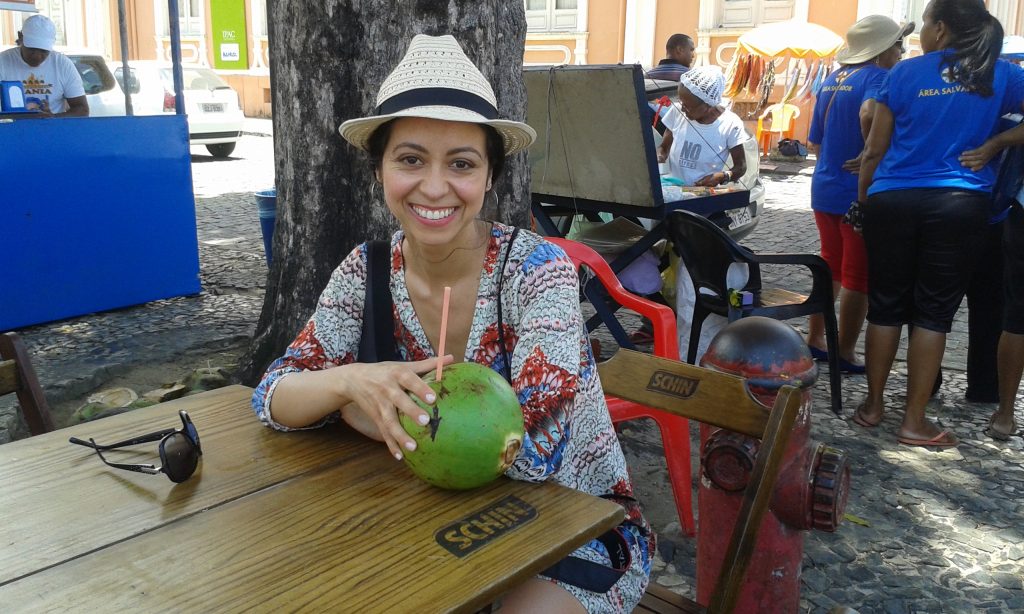My views on the International Palynology and Palaeobotany Congress XIV IPC X IOPC
This is the first time I go to this joined conference and I have to say I am glad I made it. It is definitely an important event to know what is happening in the palynology world, as well as to let other know what you are doing. There were far too many names that did not make it, but there were abundant number of presentations.
It all started on Sunday 23rd evening with the opening ceremony, where each member of the committee gave the welcome. The speeches were followed by the signing of the Brazilian and the Bahia anthems by a talented Brazilian lady accompanied by a local guitarist. This was then followed by a traditional capoeira musical group that played a large round of songs that felt far too long for the taste of most. Capirinhas, local beer and typical Bahian food was waiting for us to wake us up again and start the networking.
The week was followed by a series of presentations from 8.30am until 6pm, with four parallel sessions. There were many interesting talks, but for me the sessions ’Long-term vegetation, climate, fire dynamics and human impact in tropical and subtropical ecosystems’, ‘Quaternary palynology and botany’ and ‘Pollen-based Holocene land-cover reconstructions for climate modelling’ were highlights as they gathered the new and novel work from Europe and Latin researchers. There was also a non-pollen palynomorphs (NPP) session lead by Dr Encarni Montolla which was interesting to attend as I realised how strong and close is the NPP community. Posters presentations were abundant and with great quality of research. I saw many presentations from renowned researchers in the palaeo field such as Simon Haberle, Thomas Giesecke, Hermann Behling, Marie-Pierre Ledru, Marie-Jose Gaillard and many others! It was interesting to look at the fossil record in very deep time with the presentations on palaeobotany. Presentations on “From Gondwana to the Tropics” with Felipe Hinojosa and “Asyncronic oldest record of Nothofagus leaves in Antarctica and Patagonia” with Marcelo Leppe were eye opening.
My two presentations, ‘Pre-Columbian human land use versus climate change: understanding Araucaria forest expansion during the Late Holocene in southern Brazil’ and ‘Characterisation of the modern pollen rain-vegetation relationship of Araucaria forest of southern Brazil by analysis of moss polsters’ received many positive comments. The second received special interest of many. This was more methodological research and therefore I was in expectation to see what the community thought as it was the first time I talked about it. People were very pleased to see such analysis of modern data, and many came to me with supportive comments and also with great information on the ecology of modern taxa, such Cyathea sp. I am pleased to have showed it.
I attended the conference most of the time but I also managed to have great conversations with my Chilean colleagues (of which there were many I didn’t see for the last 10 years!), as well as European researchers.
The closure ceremony was much more active than the opening, a short speech, followed by abundant food again, beer, and the best: live Brazilian music including samba and axe which many danced… including the European community!
About the Bahia experience: the city has a long and rich history and culture, buildings in the historic centre are restored colonial architecture, painted in bright colours, many of them being Catholic churches. Everywhere I went I found live music including samba, capoeira, axe and pop. There were many events happening in the streets, it was difficult to stay still. The Bahian food is interesting; a lot of it is fried, and includes of course beans and sea food. What I love about eating in Brazil are the restaurants with food by kilo, these are buffet with abundant salads and all sorts of prepared hot dishes. In these Buffet al Kilo places you pay what you eat in weight! Although poverty is quite obvious everywhere, people are in high/positive spirits and in general very friendly. I could talk to anyone and they would be quite open for a chat and help (I got tons of help in the streets, including a lady that stayed with me until I took a bus back to my hotel!). By the way, temperature was high, around 34C, and it was during spring…
Overall it was a great experience. I am glad I made it.
We will see if now what the Czech Republic has to offer in four years!
By Macarena
PS. All photos are unprocessed, all in original colours
Thanks to the Je Landscapes Project that funded my flights and to the University of Reading who gave me a grant to pay for accommodation and food.











Pingback: Jê Landscapes of Southern Brazil Jê Landscapes at International Palynology and Palaeobotany Congress XIV IPC X IOPC